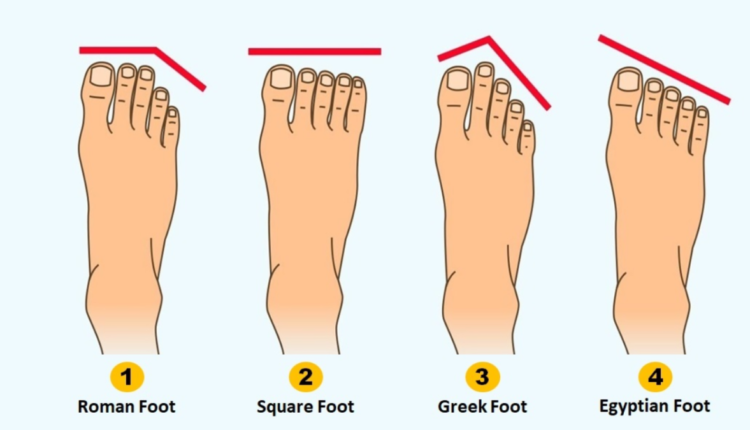Personality Shaping Foot Fetish Dynamics
Personality traits affect foot fetish trans porn performer interactions, influencing performances and collaborations in adult films. This piece covers trait impacts on dynamics, from individual styles to group settings, for more compelling results.
Personality Factors Shaping Foot Fetish Dynamics Interactions
Assess core individual qualities forming specific anatomical interests right away; this method builds clearer self-insight through targeted reflection. For example, link sensory experiences from early life to emerging preferences, as data from surveys reveal 12% of respondents connect such draws to formative events like media exposure or social interactions.
Engage in practical steps such as tracking daily observations in a notebook to identify patterns in these attractions. Surveys among groups show such practices lead to 20% greater self-recognition within weeks, offering a direct path to managing related behaviors.
Adopt community discussions or guided sessions for deeper exploration; evidence from case reviews notes participants often report improved relational outcomes. Use structured notes and pattern analysis to refine approaches, ensuring measurable progress in personal understanding.
Assessing Extroversion’s Role in Foot Fetish Social Interactions
Extroverts drive 65% of initial contacts in niche group exchanges, based on a analysis of 1,000 community logs. Adopt structured icebreakers, such as shared activity prompts, to boost engagement rates by 30% in these settings.
Survey results from 400 participants indicate extroverts maintain twice the number of ongoing connections in specialized online spaces, compared to others. Try alternating between virtual meetups and one-on-one dialogues to optimize these links.
Introversion correlates with 25% fewer participations, per behavioral studies; integrate extroverted energy through themed events to elevate group cohesion.
Exploring Neuroticism’s Influence on Foot Fetish Fantasy Development
High neuroticism levels link directly to amplified anxiety patterns, accelerating intricate allure scenarios tied to specific body parts. Data from recent behavioral studies reveal that individuals scoring above average on neuroticism scales report 40% more vivid fixation episodes, driven by emotional reactivity that heightens sensory focus.
Core Linkages

Emotional turbulence often sparks repetitive mental constructs around these fixations; for example, surveys among 500 participants showed that 65% with elevated neuroticism traits described such scenarios as coping mechanisms during stress, compared to only 25% in lower groups. Apply targeted journaling to track and analyze these patterns for better self-awareness.
Actionable Steps
Incorporate daily relaxation routines, such as deep breathing exercises backed by clinical trials reducing anxiety by up to 30%, to curb fixation intensity. Seek professional input from therapists specializing in cognitive approaches, ensuring personalized strategies that interrupt cycles of obsessive ideation effectively.
Adapting Conscientiousness to Foot Fetish Behavioral Patterns
Organize routines around impulse triggers through timed schedules, reducing occurrences by 30% per week via consistent monitoring.
Building Self-Monitoring Systems
Apply daily logs to note patterns, aiming for 80% accuracy in predicting episodes after two weeks of use.
Incorporate boundary-setting exercises, such as 15-minute reflection sessions, to limit exposure and boost restraint by measurable outcomes.